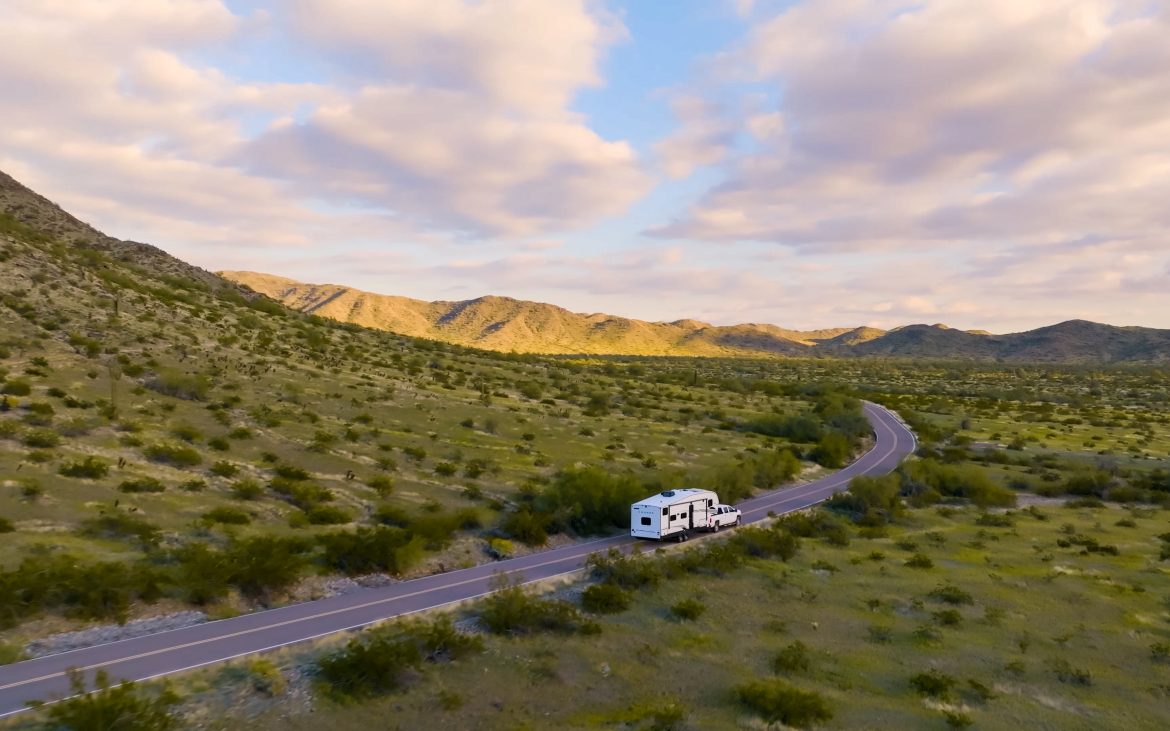As you hit the road this spring and summer for vacations, business travel, and any number of road trips, make sure you know the most common reasons for a roadside breakdown and what warning signs to identify before a serious problem develops.
An ounce of prevention is worth a pound of cure. Roadside breakdowns can affect vehicles new and old, in various situations and conditions. Here, we look at the most common issues that can affect all vehicles and what you can do to prevent them or mitigate their damage.
Information like this can help prevent situations from occurring — and can prevent bad situations from turning worse. But if any of these issues occur, a good roadside assistance plan is your backup default, providing you and your family a way out, regardless of where you are currently stuck.
Flat tires

Out of 232 million drivers, 220 million flat tires occur each year. The odds are not exactly in your favor of traveling repeatedly without ever having an incident.
Road hazards are common, and even brand-new tires risk blowing out if you hit a nasty pothole or run over a nail or debris. But your risk increases by running on tires with worn tread — or driving with underinflated or overinflated tires.
So, the first step in preparation is to inspect your tires for erroneous wear and tear or for punctures with lodged items that may cause a slow leak rather than an immediate flat.
Defensive driving also comes into play. By driving with complete awareness, undistracted by phones, conversation, or the scenery, you can avoid potholes and fallen debris from other vehicles or natural-occurring hazards like branches or fallen rocks.
Running out of gas
Likely the most preventable, running out of gas is a common reason for roadside breakdowns. And the fix can be as simple as walking down the street to a nearby gas station or as problematic as getting stranded for hours before help arrives.
Statistically, more people run out of gas when gas prices rise. But even during low prices, most of us have been guilty of pushing the yellow light, running those last few miles closer to empty than we should. This behavior not only risks running out of gas, but it could also cause mechanical distress.
Your fuel pump is more likely to take in any sediment from the fuel at the bottom of the tank when you run close to empty. This sediment gets caught in your fuel pump filter and slows the gasoline flow into the engine.
Dead battery

There are few disappointments as immediately demoralizing as when turning the key at the start of a trip to find that the battery is dead. Of course, an engine failing to turn over could be the result of other mechanical trouble, a starter for instance. But most often it means the battery needs to be recharged or replaced.
Recharging a standard battery on your vehicle is easily done with jumper cables and a willing booster vehicle. This can get you up and running if your battery has died as a result of an overhead light left on, or other draining factor. Once you’ve jumped the vehicle, simply ensure you drive a substantial distance to fully recharge the battery before turning it off.
If your vehicle is still not holding a charge after driving it, you may have other issues beyond a dead battery, including a bad alternator.
Batteries weaken over time and due to outside factors like heat, cold, corrosion, and vibration. Your average battery lifespan is expected to last between three and five years. Keep track of your battery’s age to replace it before it’s an issue you need to solve on the side of the road.
Vehicle lockout

Car lockouts are the most common type of call locksmiths receive each year. Once your keys are locked in your car, there’s typically no easy way of getting them out without the help of a locksmith or the use of specific tools.
You can hardly encourage habit, but that’s the best way to prevent locking yourself out of your vehicle, getting into a habit of checking to ensure you have the key in hand (or pocket) before locking the mechanism inside the door. And we don’t especially recommend magnetic hidden keys and the like — though that’s an option many choose when it comes to utilizing spare keys outside the car.
Service towing
Issues such as an overheating engine or transmission problems often require the tools, expertise, space, and equipment you will only find at a service shop. These are common issues that require towing to your nearest service provider. Service towing, however, gets expensive. And roadside assistance is going to save you time and money to quickly find a trustworthy towing provider connected to a trustworthy service shop.
To prevent the kind of issues that require service towing, ensure you stay up on routine maintenance, inspect fluid levels before departing, listen and feel for new or different sounds or sensations when driving, and watch your gauges and warning lights.
Other common problems include brake trouble, running out of oil or other fluids, and problems with suspension and steering. And the commonality of these issues becomes more specific with different types of vehicles or conditions. But the better you care for your vehicles, the lesser chance you have of experiencing these breakdowns. Remember that a backup plan is the best way to travel securely.
To learn more, check out our comprehensive guide and explore everything you need to know about a roadside breakdown.
The post Common Reasons for a Roadside Breakdown appeared first on Good Sam Camping Blog.
By: Carl Corder
Title: Common Reasons for a Roadside Breakdown
Sourced From: blog.goodsam.com/common-reasons-for-a-roadside-breakdown/
Published Date: Sun, 09 Apr 2023 01:20:12 +0000
---------------------------------------------
 CampingSurvivalistHuntingFishingExploringHikingPrivacy PolicyTerms And Conditions
CampingSurvivalistHuntingFishingExploringHikingPrivacy PolicyTerms And Conditions
